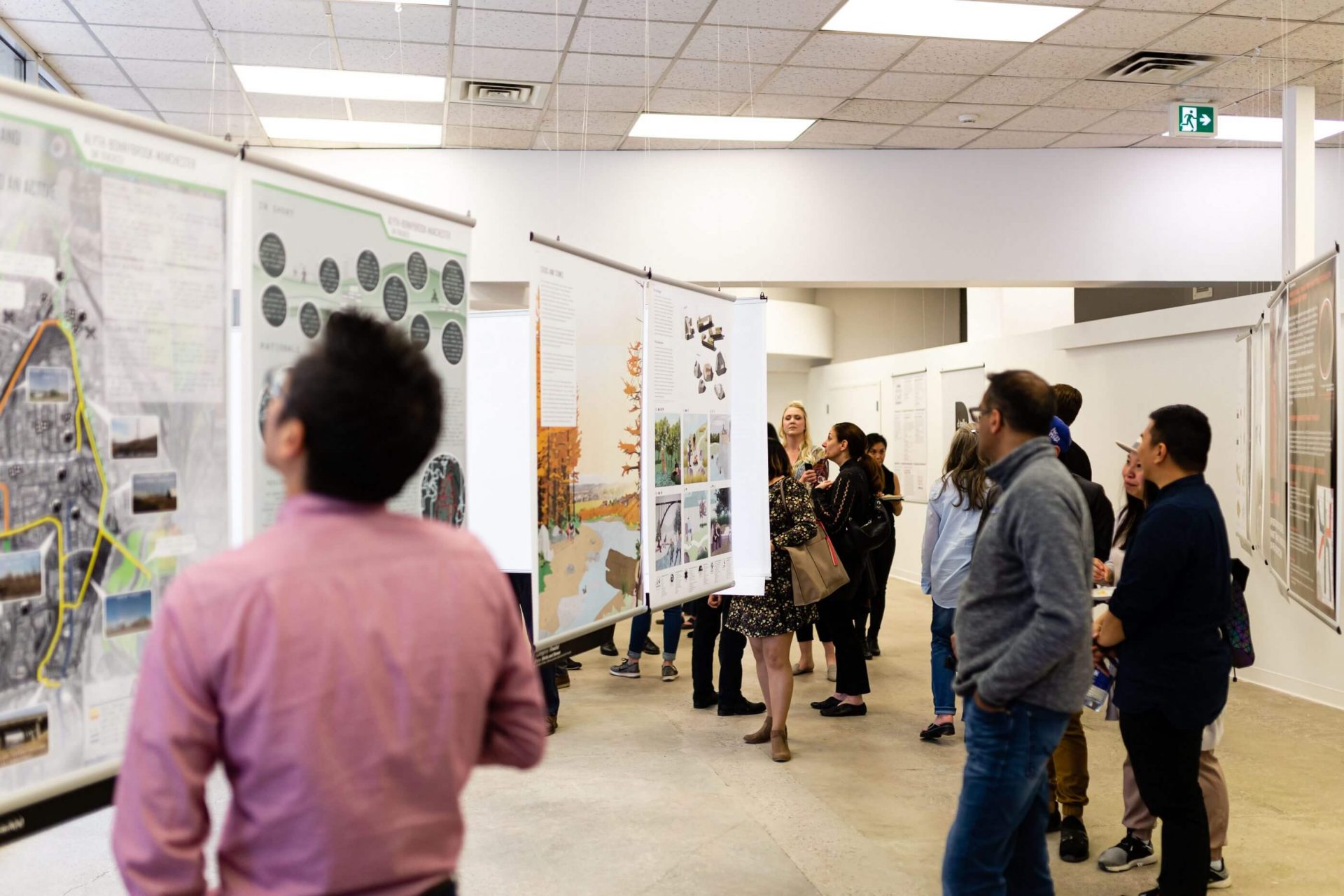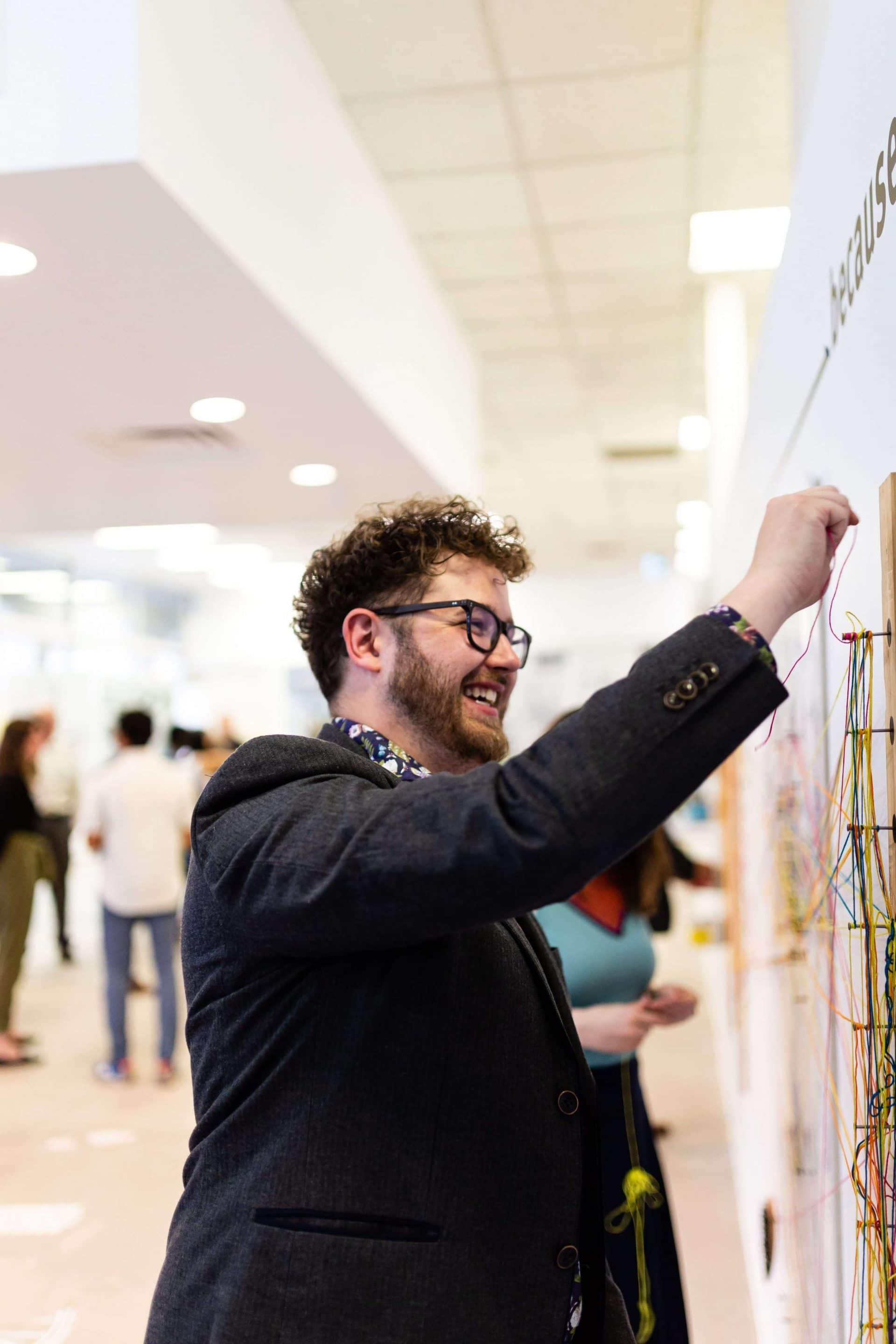Lemay + Toker team members brought non-traditional thinking and resilience to their approach when local think-tank and non-profit d.talks put out a call for submissions for its latest theme—Movement: Improving the Human Aspect of Mobility. The theme explores transforming mobility, sustainability, economic, inclusive and accessible options for urban living.
Lemay + Toker team members brought non-traditional thinking and resilience to their approach when local think-tank and non-profit d.talks put out a call for submissions for its latest theme — Movement: Improving the Human Aspect of Mobility. The theme explores transforming mobility, sustainability, economic, inclusive and accessible options for urban living.
This award winning team was led by Mark Cooper, Intern Architect, and included Toronto team member and fellow Intern Architect Mike Taylor. The team developed a multi-stage plan for Calgary’s Green Line transit initiative — one that would connect Calgarians within a 9-minute cycling distance of a train station. Paired with multi-use zoning and an adaptable kit-of-parts which can be shaped to best-fit the context of each community, the result was a vibrant example of what a more neighborly, connected and climate-conscious Calgary could be.
The team’s innovative concept was awarded its win in the ‘Climate Sustainability’ category.
Much like any future-facing and open-ended idea, the process behind this idea was amorphous and drew from each team member’s strengths. “We met every day and brought drawings and ideas to the table. Sometimes it was as simple as ‘Hey, I came up with this idea in the shower…’ and figuring out how that fit into the common theme that was developing,” Mark explains.
Mark goes on to credit Lemay + Toker’s design charettes as a source of support and inspiration that bolstered the project. These collaborative sessions provide broaden insight by including team members from various disciplines, offering a transdisciplinary lens to design.
“When we were just thinking of ideas, a lot of my colleagues’ thoughts from these charettes were very helpful. I look at the final boards and can pick out bits and pieces that all started with this collaborative approach.”
Among the other winning submissions were several bold ideas, including a particularly eye-catching reimagination of Calgary as a city-on-stilts, connected by trains, in order to allow the prairies to reclaim the land on which Calgary was built underneath. This concept emphasized the notion that sometimes, those best-equipped to deal with a challenge are not those closest to the issue, but perhaps those furthest removed from it.
“Picking categories to focus on didn’t go so well – it limited our scope, and we didn’t focus so much on that. In fact, we ended up winning a different category than we submitted for!” Mark continues, chuckling.
This and other concepts challenged the nature of transit architecture as governed by strict guidelines and standards – a notion that Mark Cooper says both helped and hindered the ideation process.
Congratulations on your win, Mark, Mike and team! We look forward to seeing what comes next.


